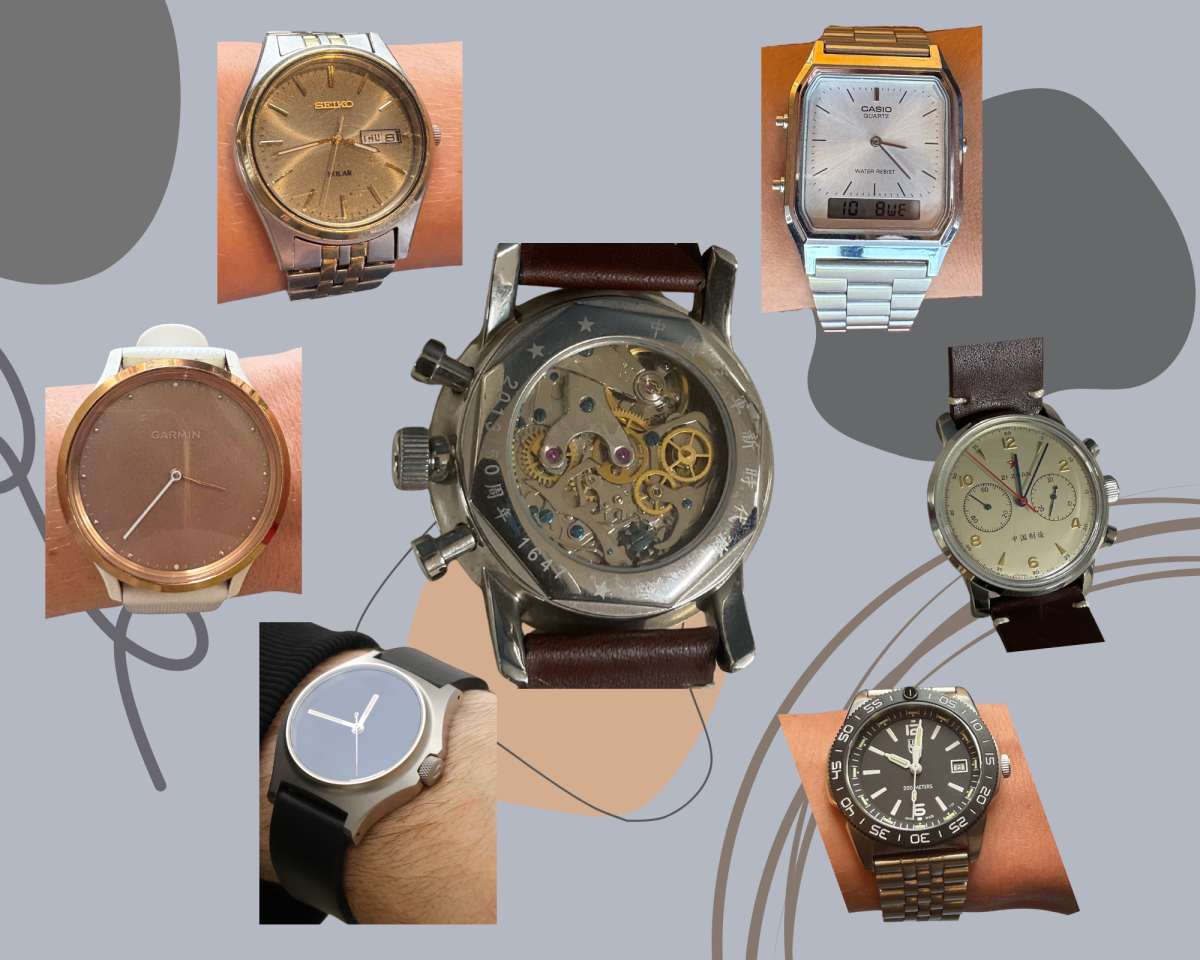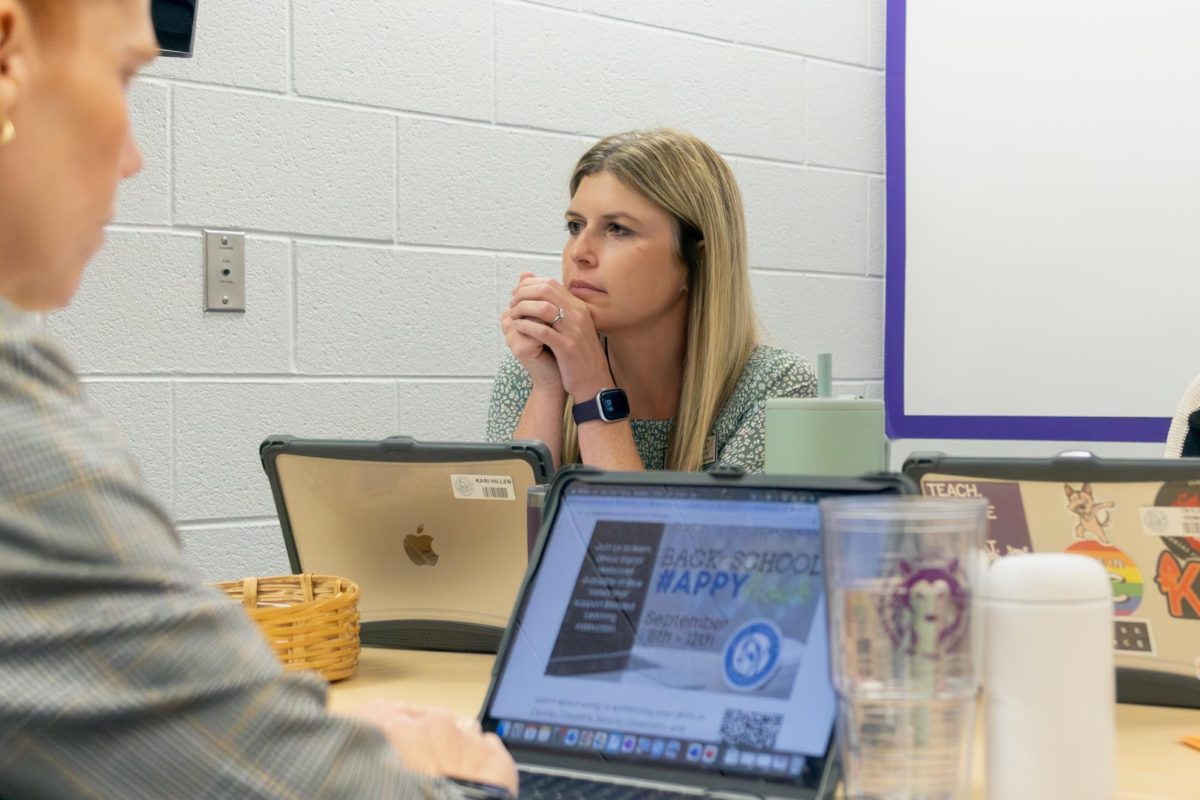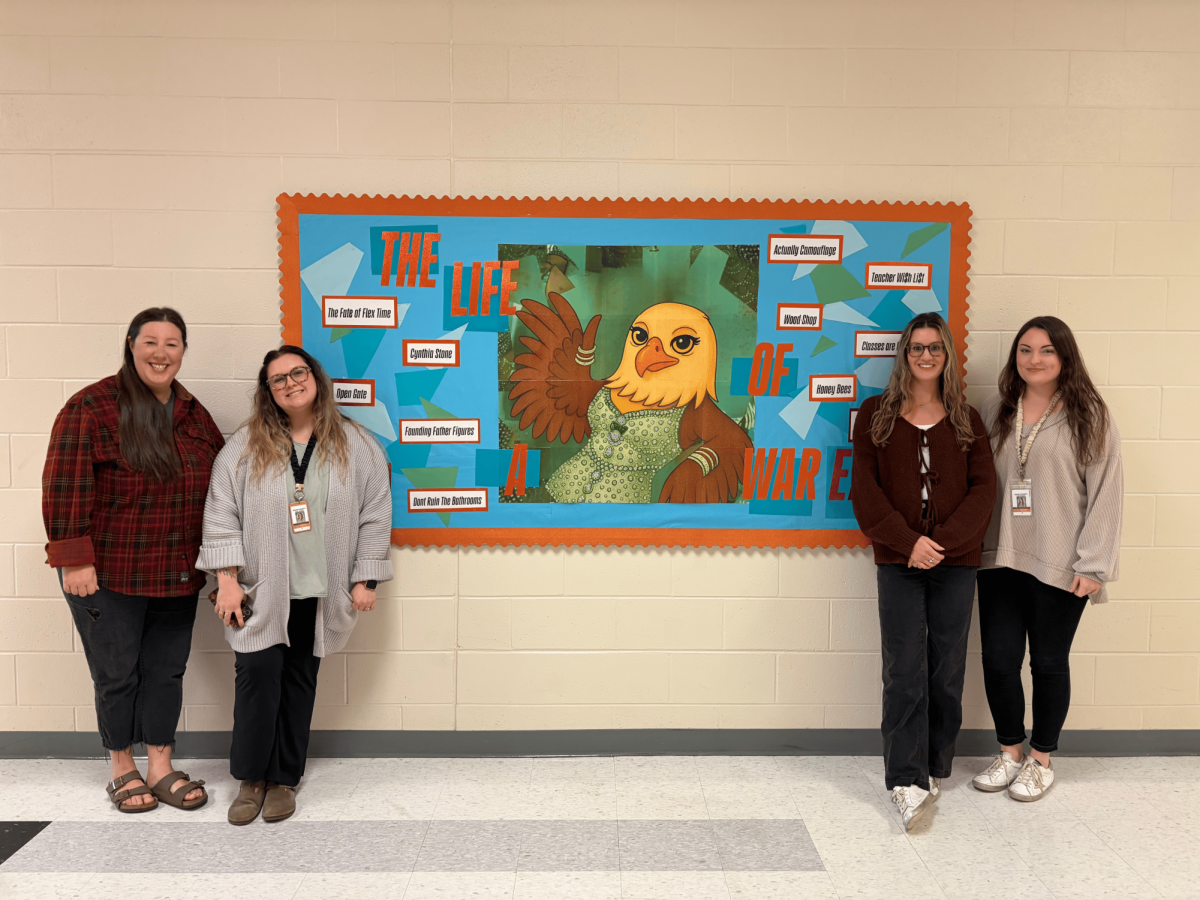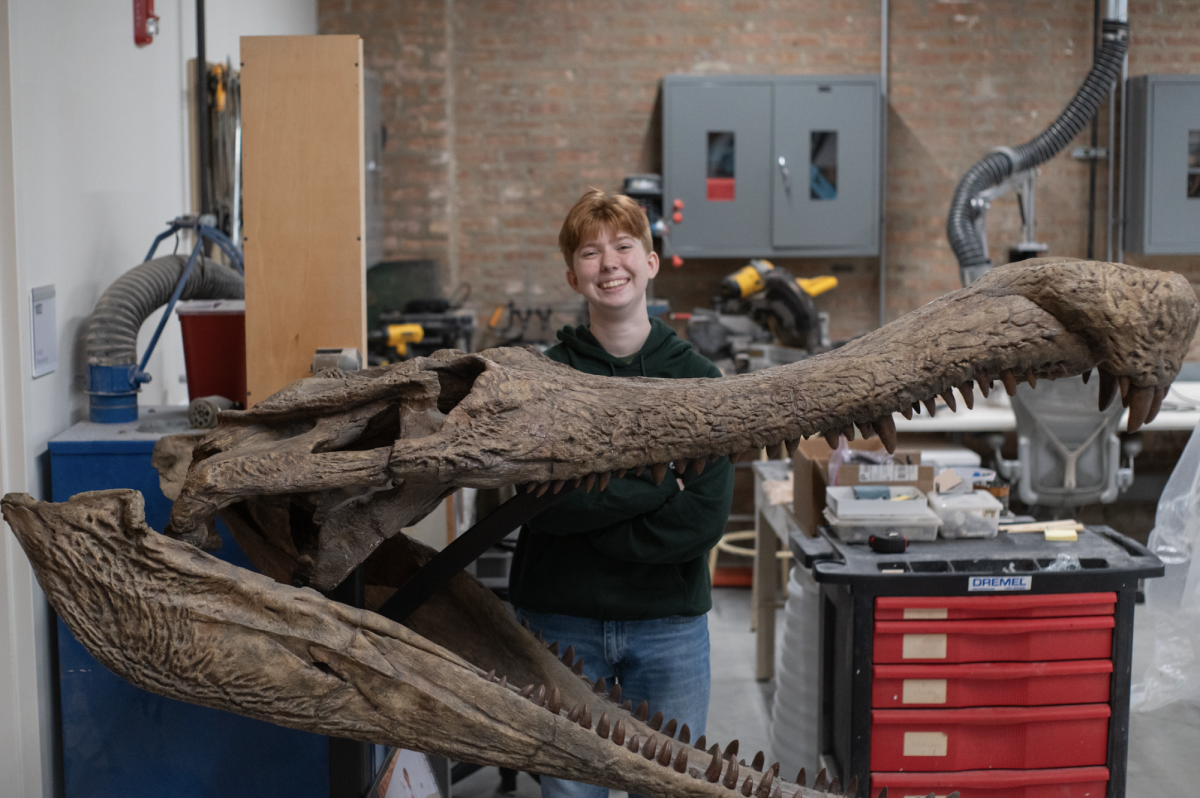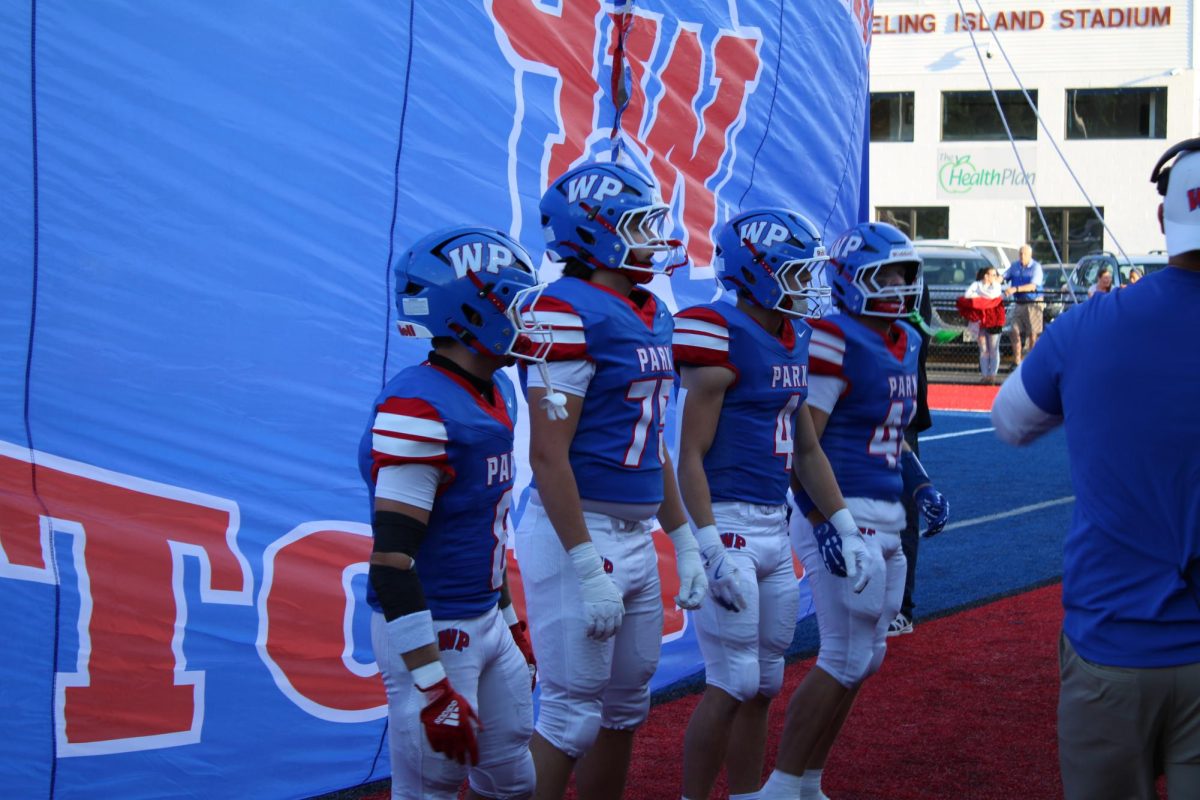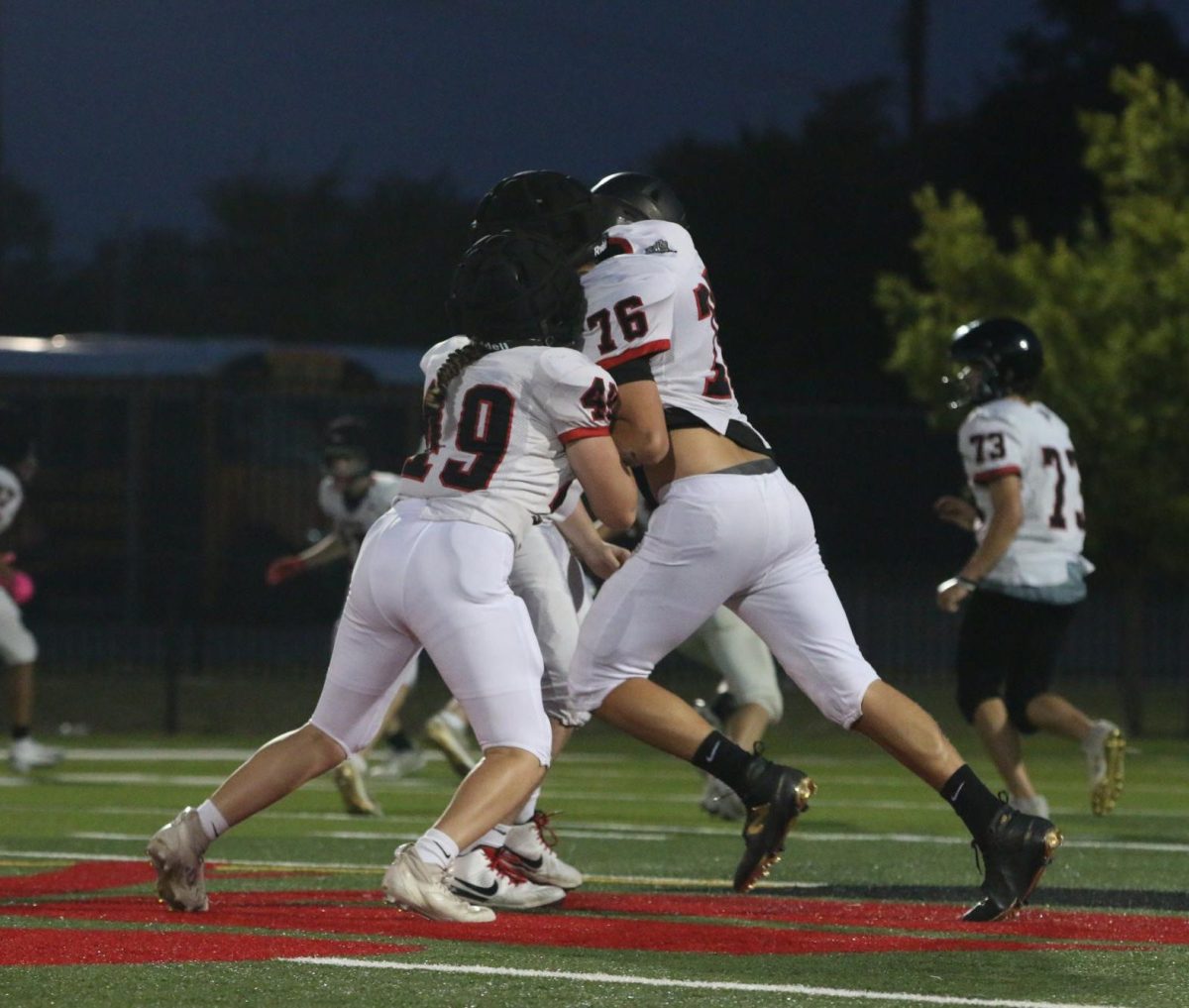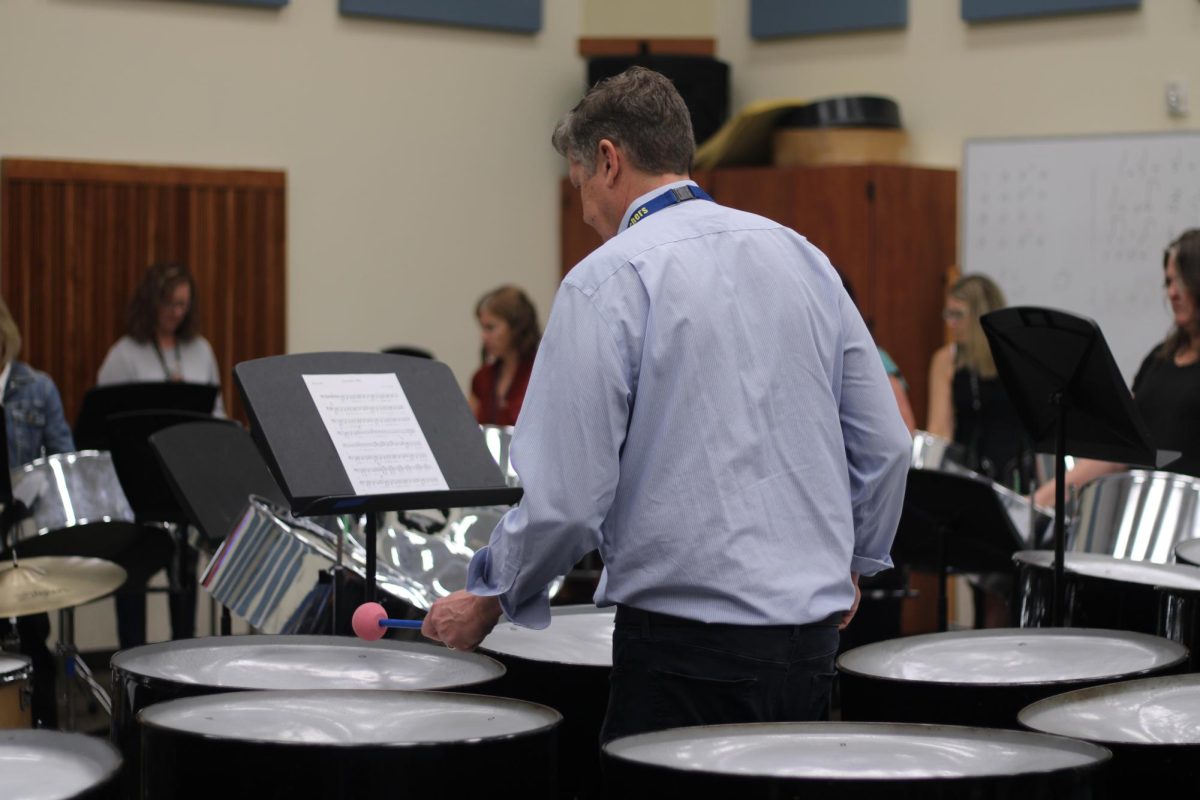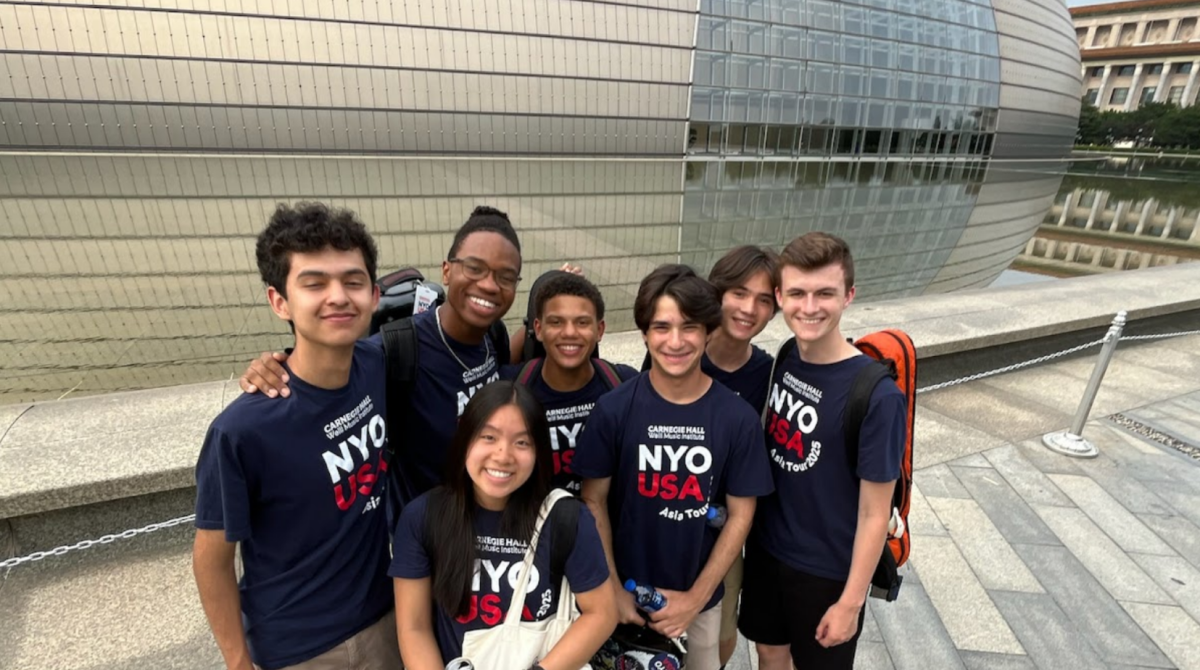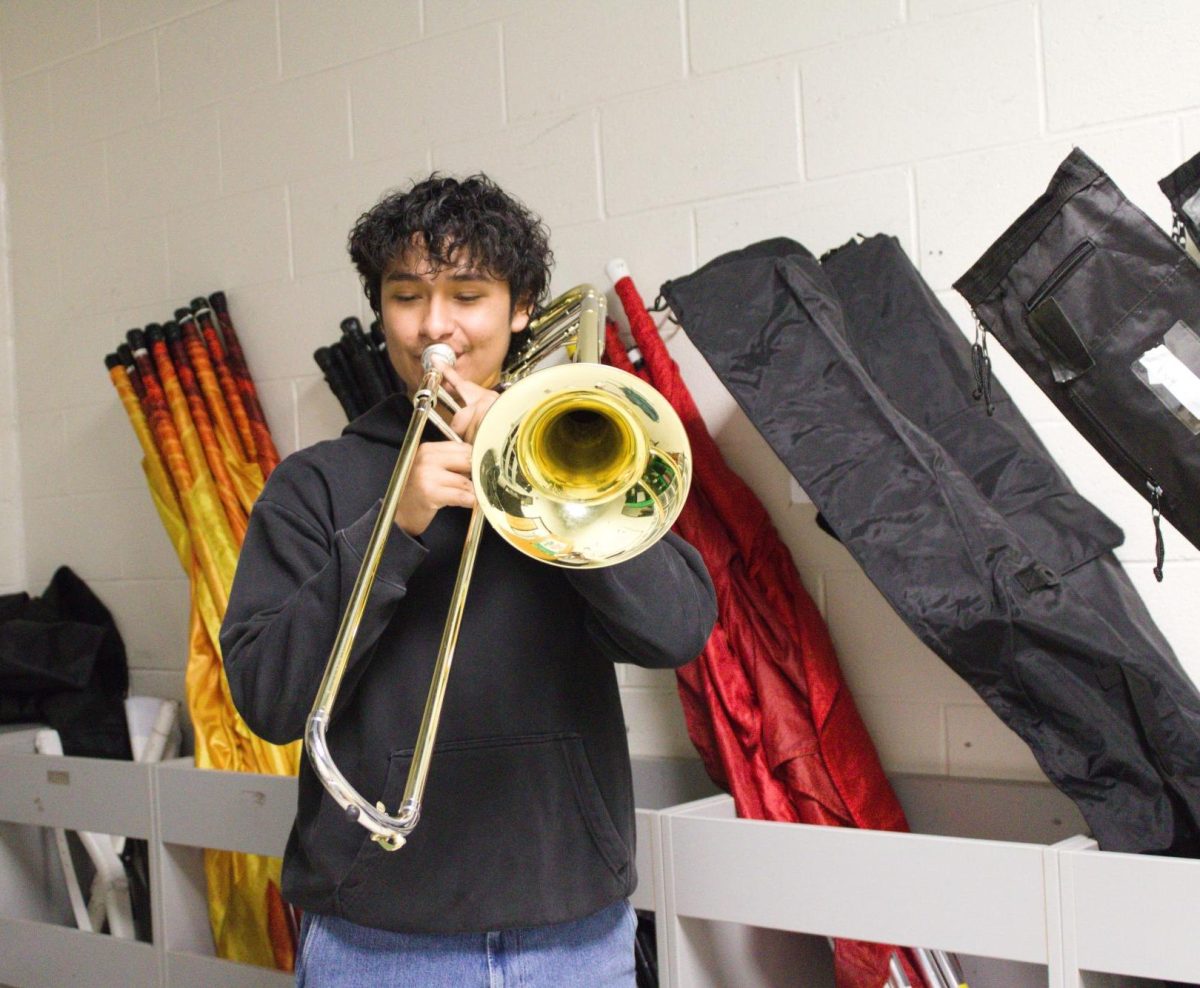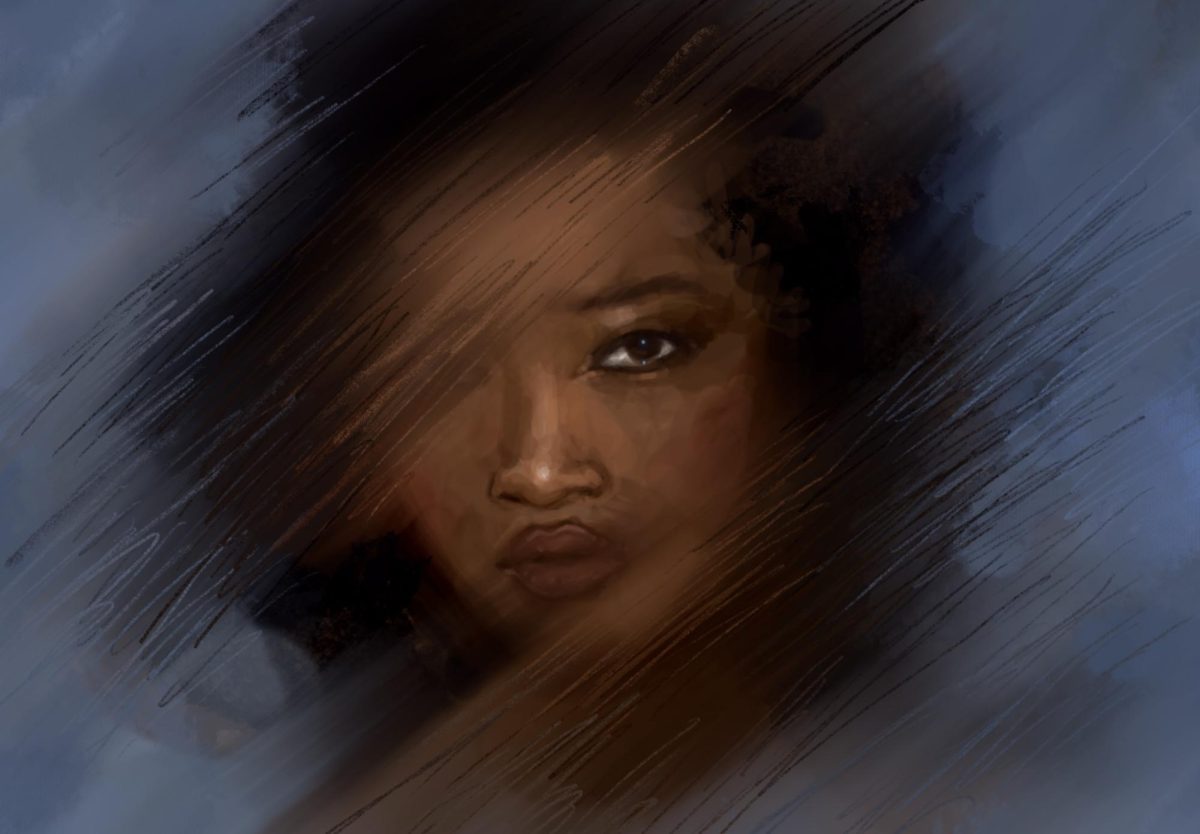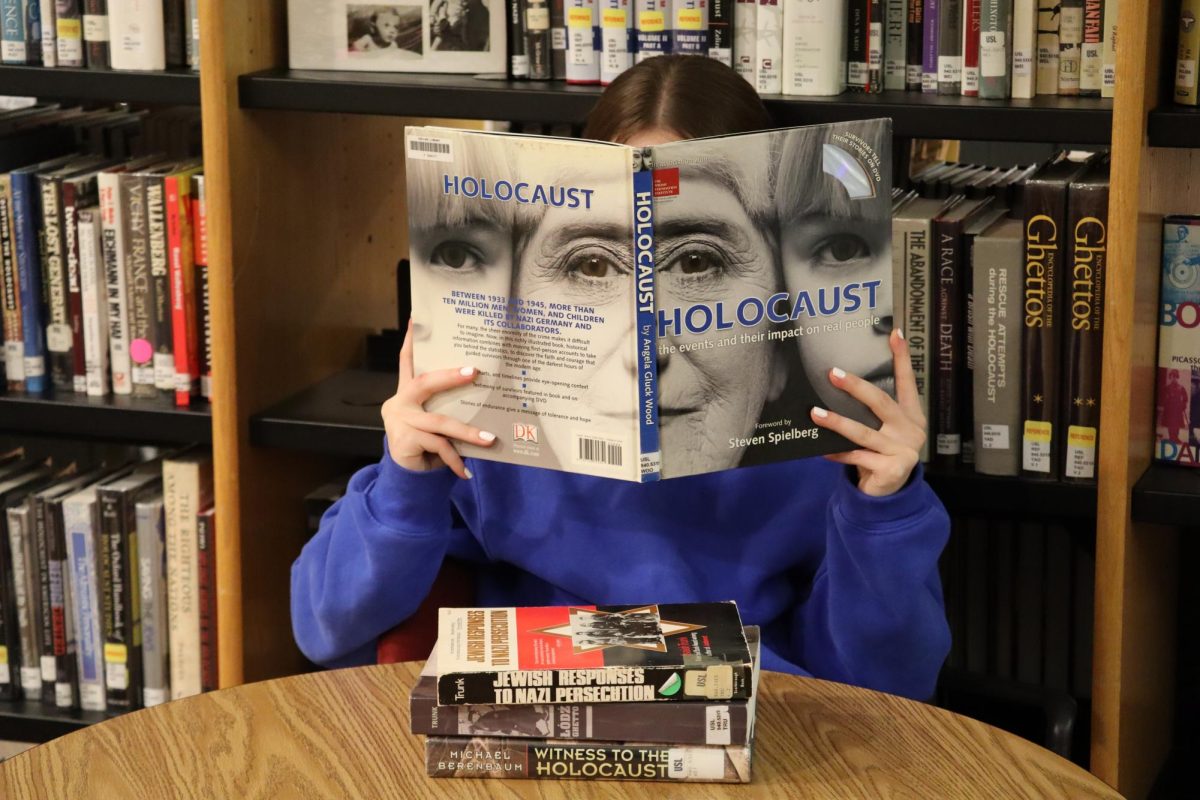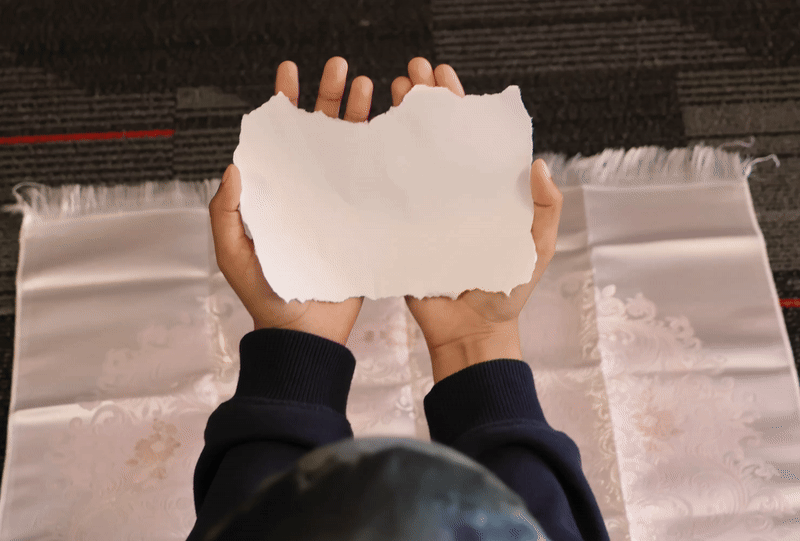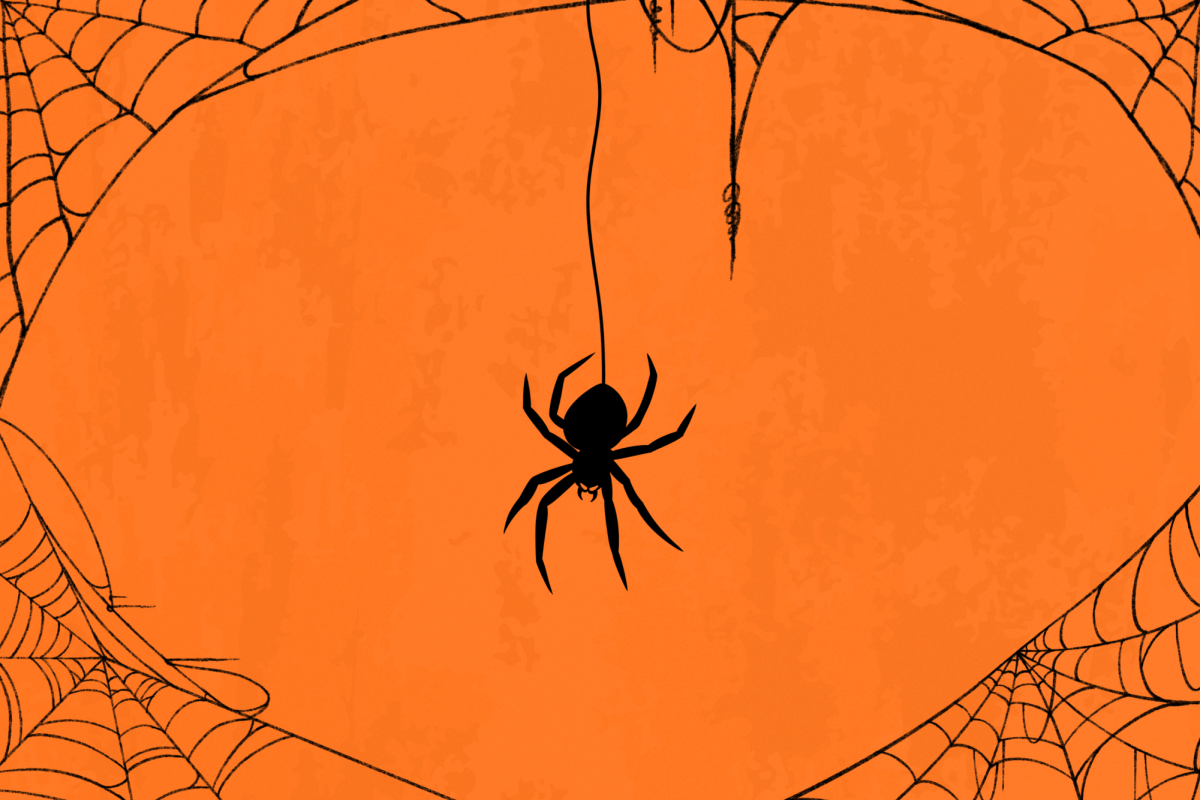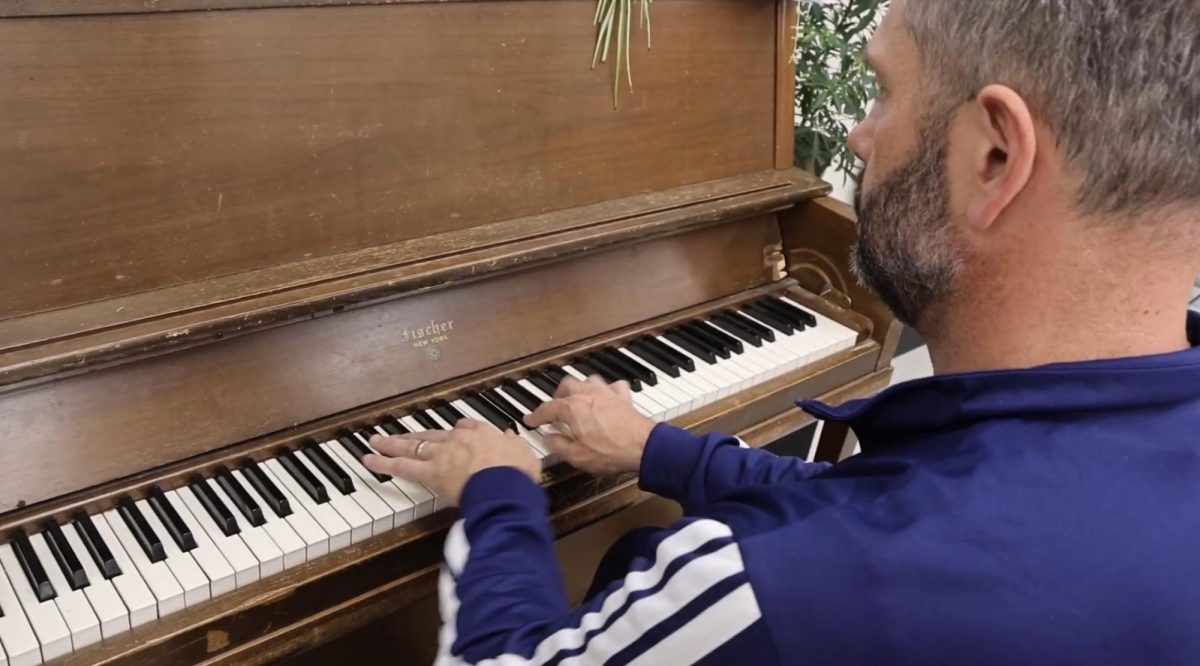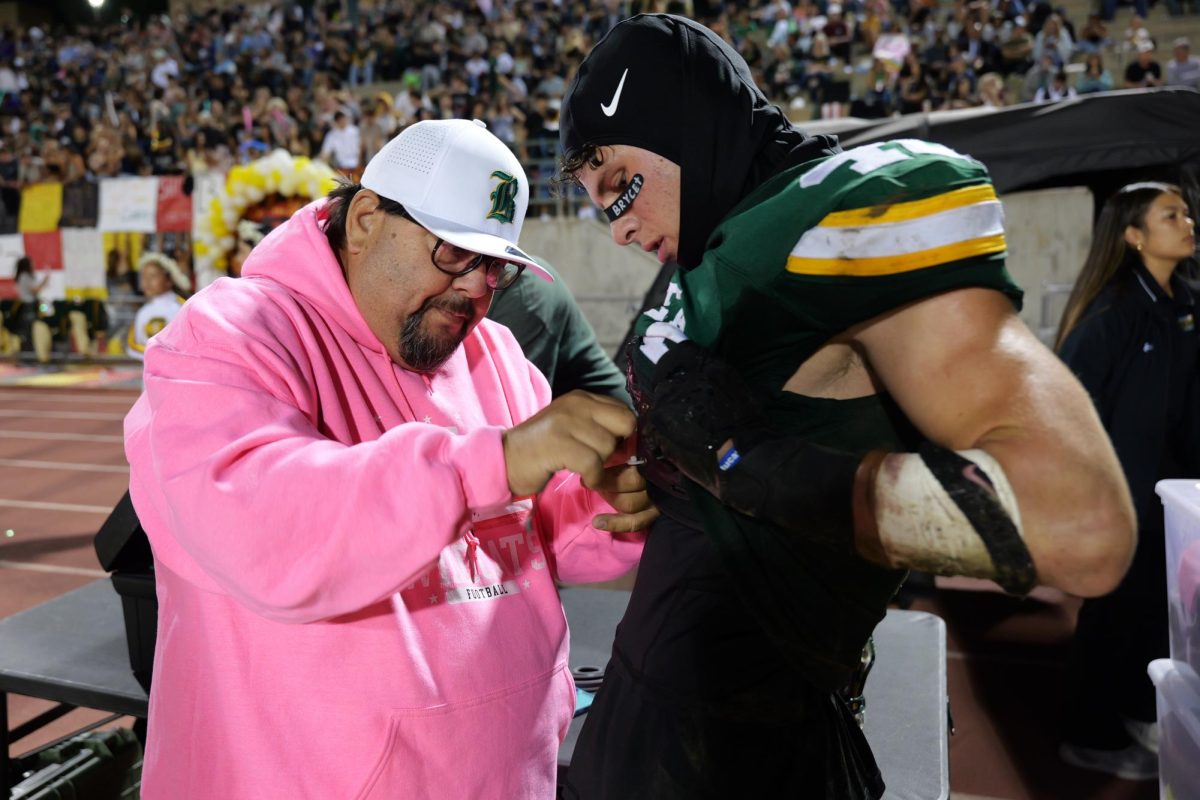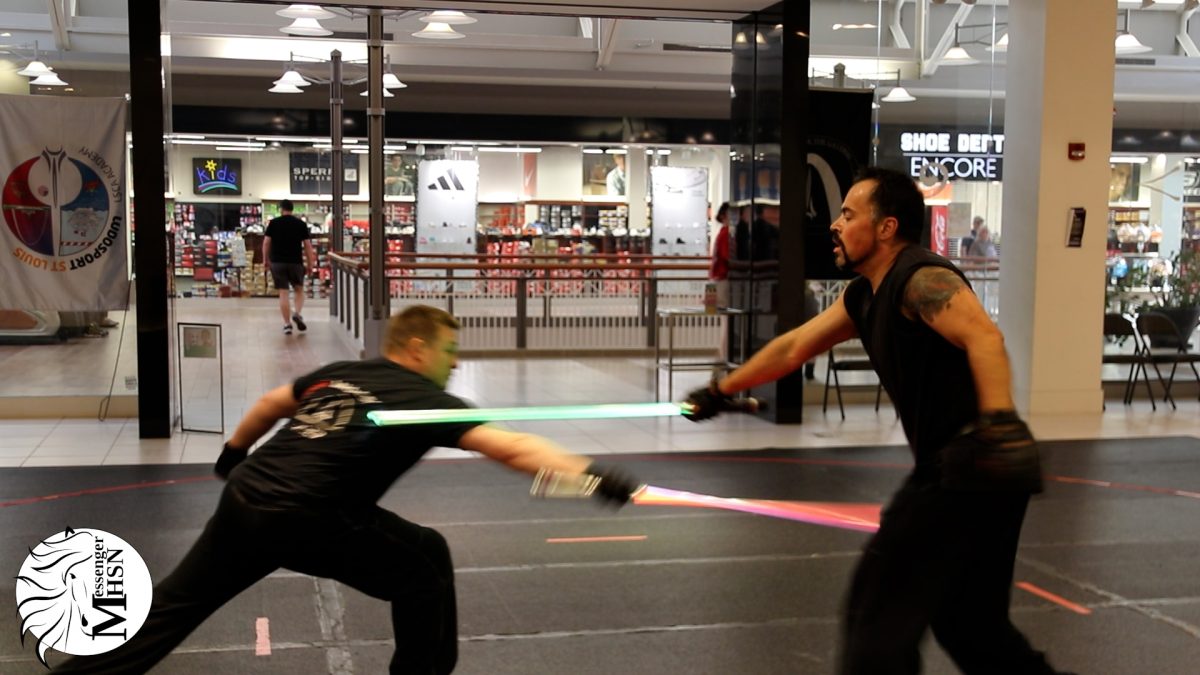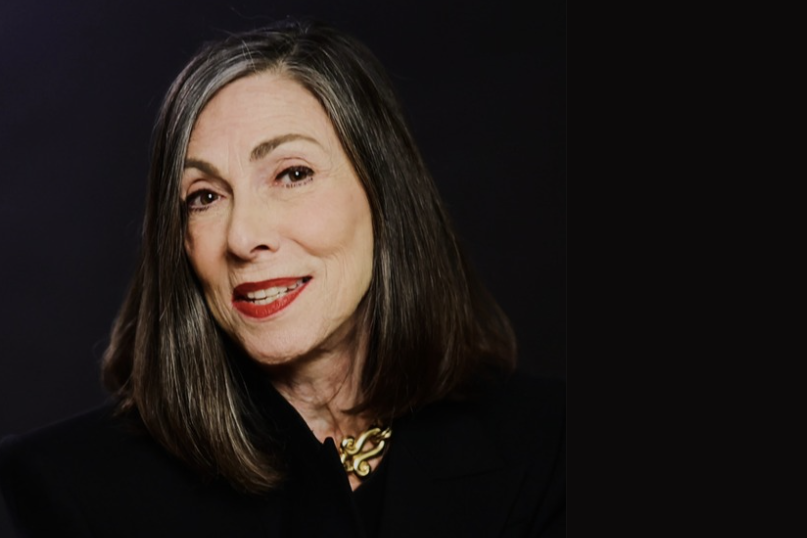For Debra McGuire, every day at work looks different. She spends some days sitting with writers, dissecting and interpreting the script for any given show or film. She spends others doing research for thousands of period movie costumes.
McGuire’s personal website describes her as a “fine artist, fashion designer and costume designer.” She began her work designing costumes during the ’80s for a dance company in Paris. Since then, her career has spanned almost 50 years, and she has worked on 38 movies and 36 TV shows. McGuire is perhaps best known for her work on the ’90s television series “Friends,” 2011-2018 series “New Girl” and 2007 movie “Superbad.”
McGuire said each character’s personality comes from the writers, and her job is to support that character by externalizing their personality through fashion.
“Especially in TV, and a pilot [episode], you want to know immediately who they are without them even having to open their mouths,” McGuire said. “Are they rich? Are they poor? Are they a villain? Are they sweet? All those messages we’re going to get visually by what people wear and also using color and or lack of color.”
McGuire said her work on the 2005 film “40-Year-Old Virgin” exemplifies this technique. She showed the progression of Steve Carell’s character, Andy Stitzer, through color by gradually increasing the brightness and vibrance of his clothing.
“I wanted to show an arc in his character being this colorless person to the evolution that he has throughout the movie. I started him in all beige, so, literally, he was colorless,” McGuire said. “The studio, at the time, was really concerned with what I was doing because physically, there was a terrorist named Ted Bundy, and he was known to be dressed in those khaki colors. They were really concerned that I was going in the wrong direction, and I had to sit down with all the executives and explain to them.”
McGuire said another part of her job is to help actors gain a deeper understanding of their character through their wardrobe. She said it is interesting for her to have a role in their discovery.
“Some actors don’t know who they are until they step into the dressing room, and they look to us to inform them who they are,” McGuire said. “That’s the most satisfying part of the relationship between [the] designer and actor — when an actor really looks to us to help them find who they are. It’s very exciting.”
McGuire explained that TV shows like “Friends” move really fast, and it’s up to her to work with the writers and executives and ensure the fashion does not interfere with any jokes written for certain scenes. She said once she has met with the writers about the “nitty gritty” of each character’s wardrobe, she can plan how to best use her time when finding costumes. It is also her responsibility to source all of the costumes, McGuire said.
“When we look back at ‘Friends,’ it’s kind of mind blowing, because the reality is so different than what people would perceive it [to be]. So in the beginning, there could be anything from six to nine script days, which means for six characters, that’s 54 costume changes. And if we have guest stars, let’s say we have three, that’s going to be 27 more changes,” McGuire said. “We’re talking about an extraordinarily high number of wardrobe changes that have to happen between Monday and when we shoot Friday, and usually the production designer might get the script earlier … So in that week, I have to figure out how to get the clothes, [and] how to get them on the actors.”
Ira Ungerleider is a writer, producer and director who has credits on shows such as “Friends,” “How I Met Your Mother” and “Angie Tribeca.” He has worked with McGuire several times over the years. Ungerleider said the conversations between the writer or producer and costume designer are essential for storytelling.
“I love talking to costume designers because they help you. They help you tell the story, whether it’s a joke or just the fashion,” Ungerleider said. “Those conversations are necessary, and if you ignore them, [it’s at] your peril because it’s a big part of the storytelling and who the character is.”
Ungerleider said in Season 3 Episode 2 of “Friends,” “The One Where No One’s Ready,” McGuire had to construct an outfit out of everything Chandler — a character in the show — owns.
“Because you couldn’t physically wear everything someone else owns, she had to construct layers of an outfit that had pieces or a piece of everything that he owns, all sewn together,” Ungerleider said. “So it gave the idea of everything Chandler owns but it wasn’t literally, every single thing he owns. I remember that very well.”
McGuire said sometimes the executives disagree with the direction she wants to go in for the characters, but ultimately, her goals are to make the writers’ characters come to life.
“We can really help tell the story,” McGuire said. “We are the silent storytellers.”
This story was originally published on The Oracle on October 5, 2025.






